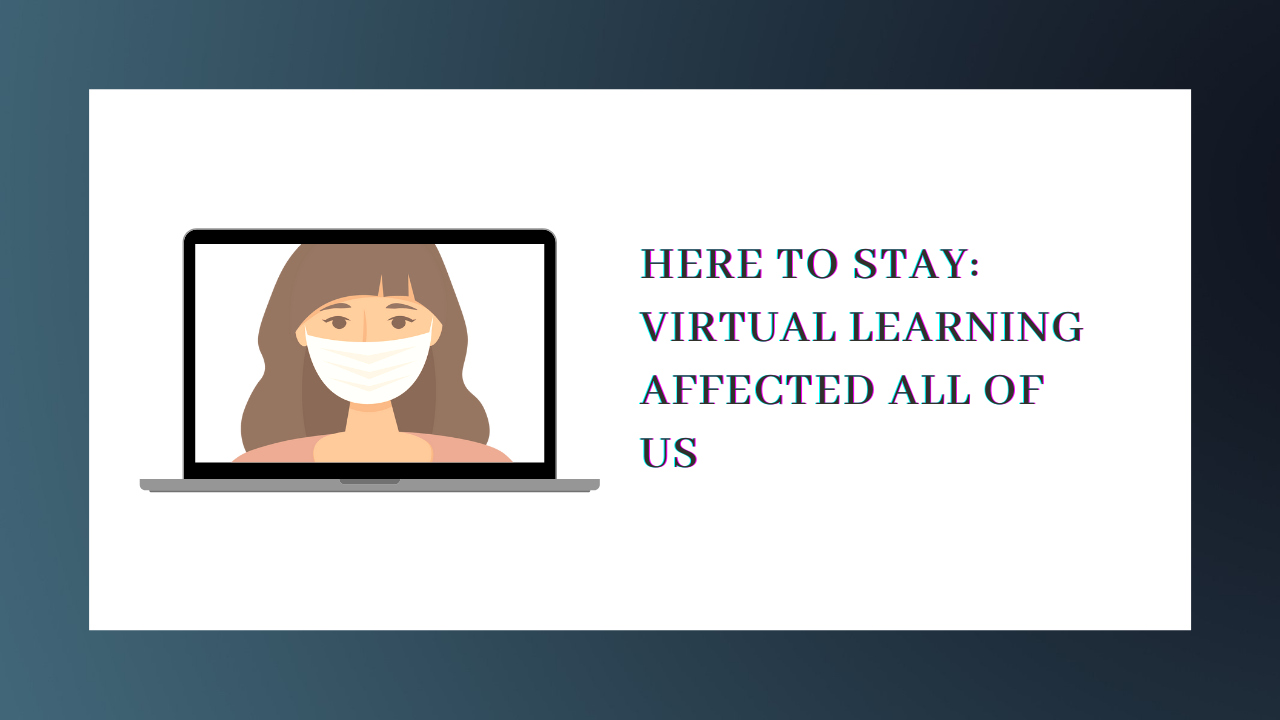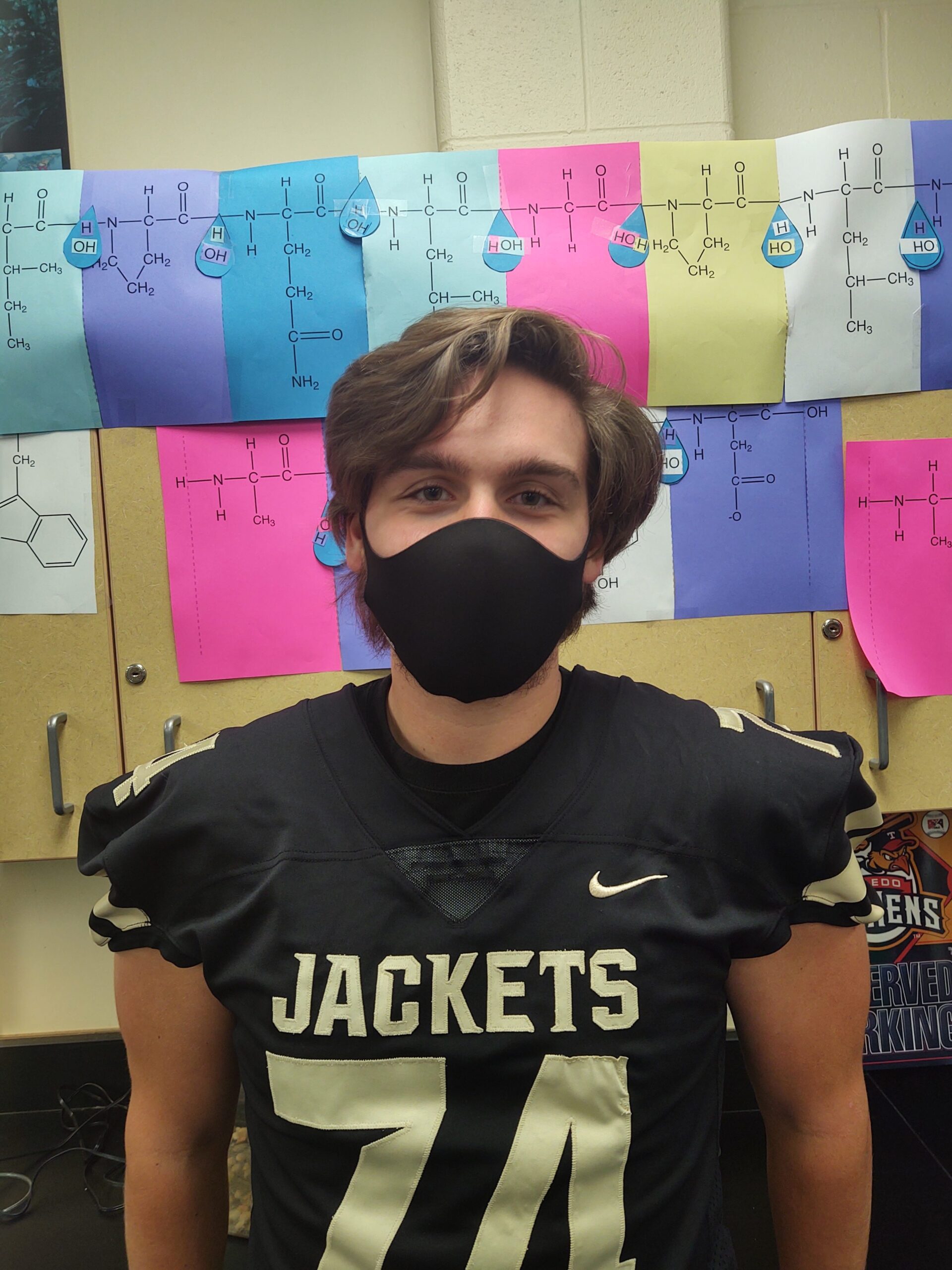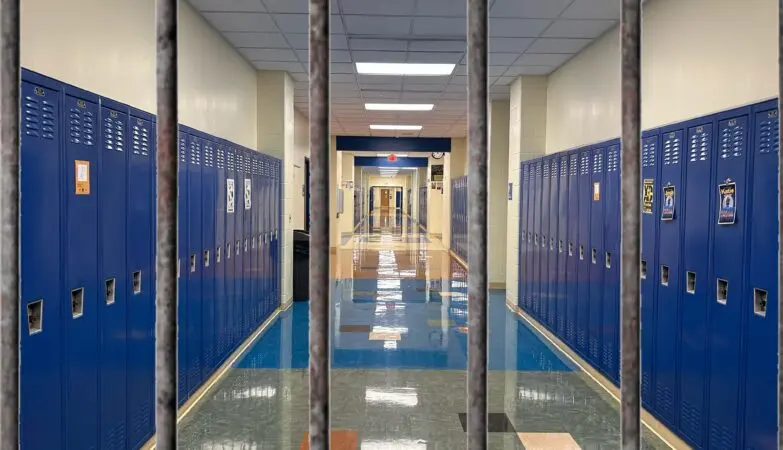Jackson Detmer
eSomethin staff
Virtual learning was a difficult adjustment for many last year, but its impacts may be here to stay. As students and staff struggle to get back to normal, it is clear that the effects of online learning will continue their hold on students.
Completing schoolwork virtually made work harder for many students. Because of the amount of students who struggled with last year’s virtual learning, it is unlikely that the effects, both good and bad, will disappear quickly.
Online learning presents many challenges for students and teachers, especially those without access to high-speed internet. School became increasingly difficult for these students. A CDC study found that last year, almost 25% of virtual learners reported worsened mental health.

Perrysburg Junior Brock Falkenhausen felt the impacts of COVID restrictions on his social life, athletics, and extracurricular activities. Virtual learning added onto these difficulties for him. “My grades were a little bit worse, and I found it harder to learn online,” he said.
Additionally, remote learning was less fulfilling on a social level, too—parents of students going to virtual school reported that their student spent less time with friends and went outside less. High school is already a stressful time for many, and being quickly placed into this ‘new normal’ doesn’t help, especially those whose necessary respite from the stress of high school is socializing.
Brock Falkenhausen, a junior at Perrysburg High School, says it was more difficult to learn online and that he “had to work really hard between extracurriculars and having to work at home.”
A similar feeling exists for many students in clubs, athletics and other school activities. Going online seemed to be an unpleasant shift to many students’ routines, and many students and teachers still find themselves pining after the way it used to be.
Falkenhausen says his least favorite change is simply the “different atmosphere, [which will] be around as long as COVID is an issue.”
A year and a half into this new way of life, the old, no-mask, pen and paper way of teaching feels to be keeping its distance.
For example, school events that used to be an opportunity for the community to come together now bring controversy and anxiety.
While masks are no longer mandatory, many pandemic-related precautions remain, and the future for PHS remains uncertain, even as we plunge into it.
But it’s not all so dark. There may also be some benefits to this new way of education.
Information is readily available online in most situations, making life much easier for students absent from school—COVID-19 related or not. Falkenhausen agrees and said that “better online communication for work” is the one big positive outcomes of the whole experience.
Now that teachers and students have been forced to use the internet and remote communication, getting a hold of others has never been easier.
For now, COVID-19 appears to here to stay. Despite vaccination efforts, cases of the virus in Ohio are still high, at around 5,000 new cases per day. As long as the pandemic continues, the possibility of returning to virtual learning will lurk right around the corner.
Even still, we can use the lessons of virtual learning to make a better experience for everyone involved—hopefully without some of the deleterious effects of our first attempt.
Check out more stories on eSomethin!
- Explore the 2024 Solar Eclipse: History, Safety, How To Experience It
- Celsius energy drink flows through water fountains on April 1st
- Taft is the New Principal of PHS on April 1
- eNothin exclusive: After reviewing security footage on April Fool’s Day, Perrysburg admin discovers Anthony Wayne students took the rivalry too far, resulting in school-cancelling power outage
- PHS art students will honor the rich history of their city in “Historic Perrysburg” art show






